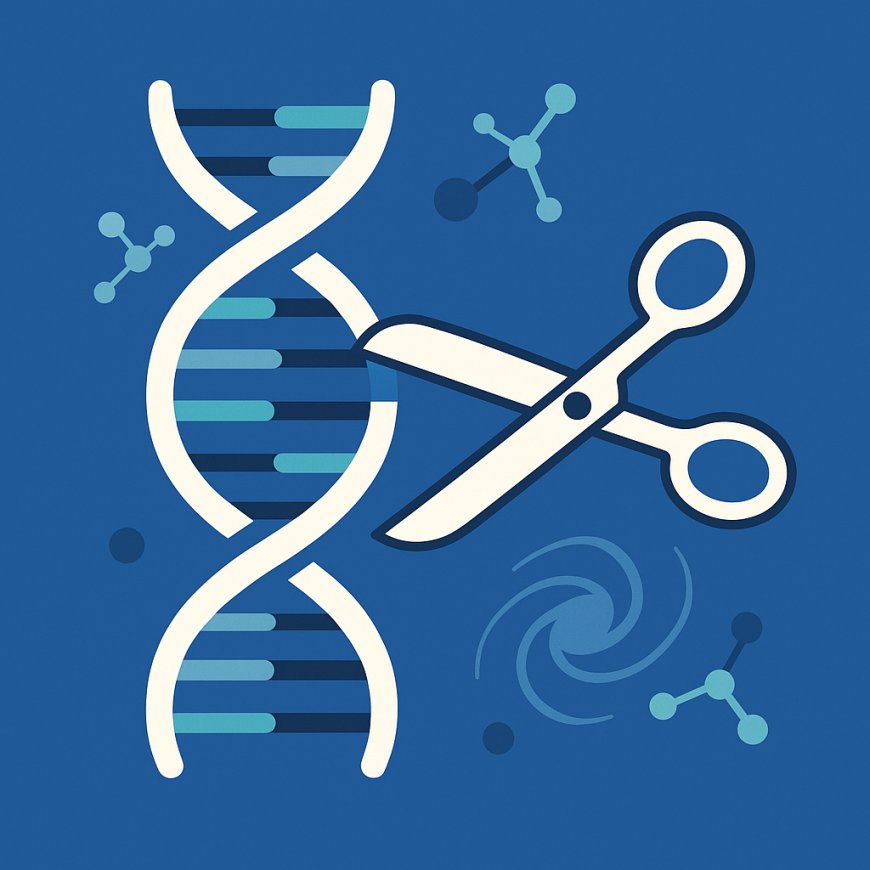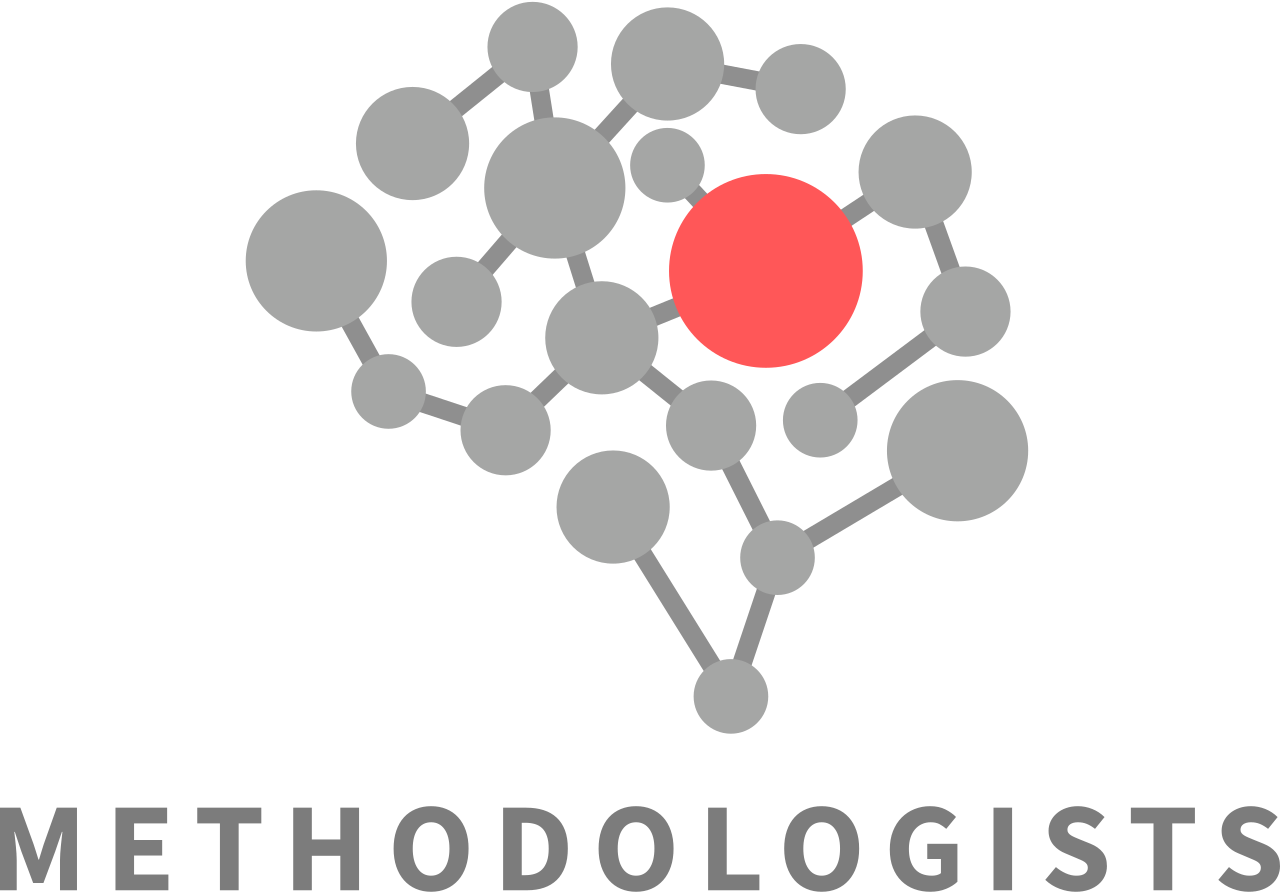CRISPR Gene Editing: Unlocking the Blueprint of Life
CRISPR/Cas9 gene-editing technology uses a guide RNA and Cas9 enzyme to precisely cut DNA, enabling scientists to treat genetic diseases and revolutionise biotechnology.

CRISPR Gene Editing: Unlocking the Blueprint of Life
For decades, changing the genetic code was the stuff of science fiction. Scientists knew how to use selective breeding to enhance crops and livestock or to use radiation and chemicals to randomly mutate DNA, but there was no easy way to **precisely** alter a gene. That changed with the discovery of CRISPR (clustered regularly interspaced short palindromic repeats) and the development of CRISPR/Cas9 gene editing. In simple terms, CRISPR/Cas9 is a programmable pair of molecular scissors that can cut DNA at a chosen site. By harnessing the cell’s own repair machinery, researchers can delete, insert or replace specific sequences. The technology’s power, affordability and versatility have transformed biology, medicine and agriculture, earning its discoverers the 2020 Nobel Prize in Chemistry and opening the door to therapies for diseases once considered untreatable.
## How CRISPR Works
In nature, CRISPR is part of a bacterial defence system. Bacteria store snippets of DNA from viruses in CRISPR arrays and use them to recognise and cut viral genomes during subsequent infections. Scientists Emmanuelle Charpentier and Jennifer Doudna showed that this system could be reprogrammed. Their breakthrough was to simplify the natural machinery into two components: a guide RNA that directs the enzyme to a target sequence, and the Cas9 enzyme, which makes a double‑stranded cut in the DNA. When the cell repairs the cut, small mutations often occur. Alternatively, a donor DNA sequence can be supplied to prompt the cell to copy in new genetic information.
CRISPR’s elegance lies in its modularity. Changing the guide RNA’s sequence redirects Cas9 to almost any gene, enabling scientists to disable genes, correct mutations or add new sequences with unprecedented ease. Earlier gene‑editing tools, such as zinc‑finger nucleases and TALENs, had to be individually engineered for each target. CRISPR uses a simple base‑pairing rule, making it scalable and adaptable. Beyond the standard Cas9, researchers have engineered variants that make single‑stranded cuts (nickases) or deactivated versions that can bind DNA without cutting it, allowing them to turn genes on or off by recruiting other proteins.
## Therapeutic Potential and Applications
One of the most exciting promises of CRISPR is its potential to treat genetic diseases. Many conditions are caused by single‑nucleotide changes or missing gene sequences. In principle, CRISPR can correct these defects in cells removed from a patient (ex vivo) and transplanted back or directly inside the body (in vivo). For example, scientists are testing CRISPR therapies for sickle cell disease, β‑thalassaemia and hereditary blindness. By using CRISPR to knock out or modify defective genes, the hope is to restore normal function and eliminate disease symptoms. Companies developing CRISPR therapeutics emphasise that they are editing somatic cells – cells that are not passed on to offspring – to avoid ethical concerns associated with germline editing that would affect future generations.
CRISPR is also driving progress in cancer immunotherapy. The immune system can destroy tumours, but cancer cells often evade detection. Scientists are using CRISPR to engineer patients’ T‑cells so they express receptors that recognise tumour antigens or to disable inhibitory receptors that suppress the immune response. Early clinical trials are assessing the safety and efficacy of these personalised cell therapies.
Beyond medicine, CRISPR is revolutionising agriculture. Researchers have created disease‑resistant wheat, drought‑tolerant rice and tomatoes with higher vitamin content. Because CRISPR modifies specific genes without introducing foreign DNA, some regulators treat CRISPR‑edited crops differently from traditional genetically modified organisms (GMOs). This could speed adoption and reduce the environmental impact of farming.
CRISPR’s potential goes even further. Scientists are designing gene drives that could spread an engineered trait through wild populations of mosquitoes to combat malaria or other vector‑borne diseases. CRISPR is being used to develop faster diagnostics, such as SHERLOCK and DETECTR, which detect viral or bacterial pathogens within minutes by recognising specific RNA or DNA sequences. Synthetic biologists are combining CRISPR with other tools to build complex genetic circuits in microbes, creating living sensors or factories that produce chemicals and materials.
## Challenges and Ethical Considerations
Despite its promise, CRISPR is not perfect. One of the main concerns is **off‑target effects** – unintended cuts at sites similar to the target sequence. Such off‑target editing could disrupt important genes and lead to unwanted consequences, especially in human therapies. Researchers are developing improved guide RNAs, high‑fidelity Cas9 variants and more precise editing methods, such as base editors and prime editors, to minimise these risks. Rigorous testing is essential before clinical application.
Another challenge is efficient delivery. Getting CRISPR components into the right cells at the right time, especially in vivo, requires safe and effective delivery systems. Viral vectors, nanoparticles and lipid nanoparticles are being tested, each with its own advantages and limitations. In some tissues, such as the liver or blood cells, delivery is relatively straightforward, but reaching the brain or lungs is more difficult.
Ethical debates swirl around CRISPR. Gene editing in human embryos to create so‑called “designer babies” is widely condemned, and international guidelines prohibit germline editing outside of highly regulated research. Even somatic editing raises questions about consent, access and equity. Who will benefit from these therapies, and could they exacerbate existing health disparities? Will genetic enhancement be the next frontier? Ongoing public dialogue and responsible regulation are crucial to ensure that CRISPR’s benefits are realised while minimising harm.
## A Transformative Technology
In less than a decade, CRISPR has gone from a curiosity of bacterial immunity to one of the most transformative tools in science. Its simplicity, precision and adaptability have lowered the barrier to gene editing, empowering small labs and large institutions alike. As improvements continue, CRISPR is poised to advance our understanding of biology, accelerate drug discovery and offer cures for previously untreatable diseases. At the same time, it challenges society to grapple with profound ethical questions about altering life’s blueprint. The story of CRISPR is still unfolding, but one thing is certain: it has fundamentally changed what is possible in biology and will shape the future of medicine, agriculture and beyond.
What's Your Reaction?












































































































